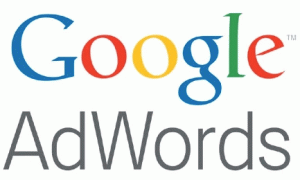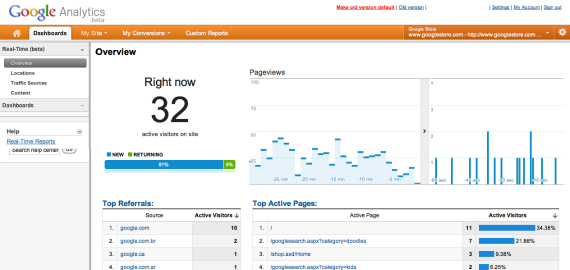SEO Beats PPC & Social Media For Generating Leads, New Industry Report Says

SEO is the number one source of leads for both B2C and B2B marketers, beating out both PPC and social media marketing in a recent survey of online marketers. But more of those surveyed say they plan to increase their social media marketing budgets in 2012, ahead of SEO and PPC.
The numbers come from the 2011 State of Digital Marketing Report, which was compiled by Webmarketing123, a California-based online marketing agency. The company surveyed more than 500 U.S. online marketers in August and September; about two-thirds of all respondents identified themselves as B2B marketers.
Whether B2B or B2C, both groups of marketers agree that SEO has the biggest impact on lead generation. 57 percent of B2B marketers credit SEO as their primary source of generating leads, while 41 percent of B2C marketers said the same thing.

Both types of marketers say that website traffic is the primary way they measure the success of online marketing efforts. Brand awareness was at the bottom of the list for measuring success by both B2B and B2C respondents.
The survey asked a number of budget-related questions, including one about which channels get the majority of the marketers’ budgets. On the B2B side, one-third indicated that SEO gets the majority of their budget. But on the B2C side, more than 42 percent say that PPC gets the majority of their budget — about double the number of B2C marketers who said SEO is their top budget allocation.

Overall, 60 percent of respondents said they plan to increase their budget for social media marketing in 2012; 53 percent plan to increase their budget for SEO and 40 percent will increase their PPC budget.
Those increases in social media spending are likely field by another couple statistics from the survey: 68 percent say they’ve generated leads from either Facebook, Twitter or LinkedIn, while 55 percent have closed deals from social media leads.
The 2011 State of Digital Marketing Report can be downloaded from Webmarketing123′s website. You’ll need to provide name and contact information. There’s also an associated infographic with many statistic, which we’ve posted separately here: Infographic: Digital Marketer Views On SEO, PPC & Social Media.
Article Copied From: http://searchengineland.com/











